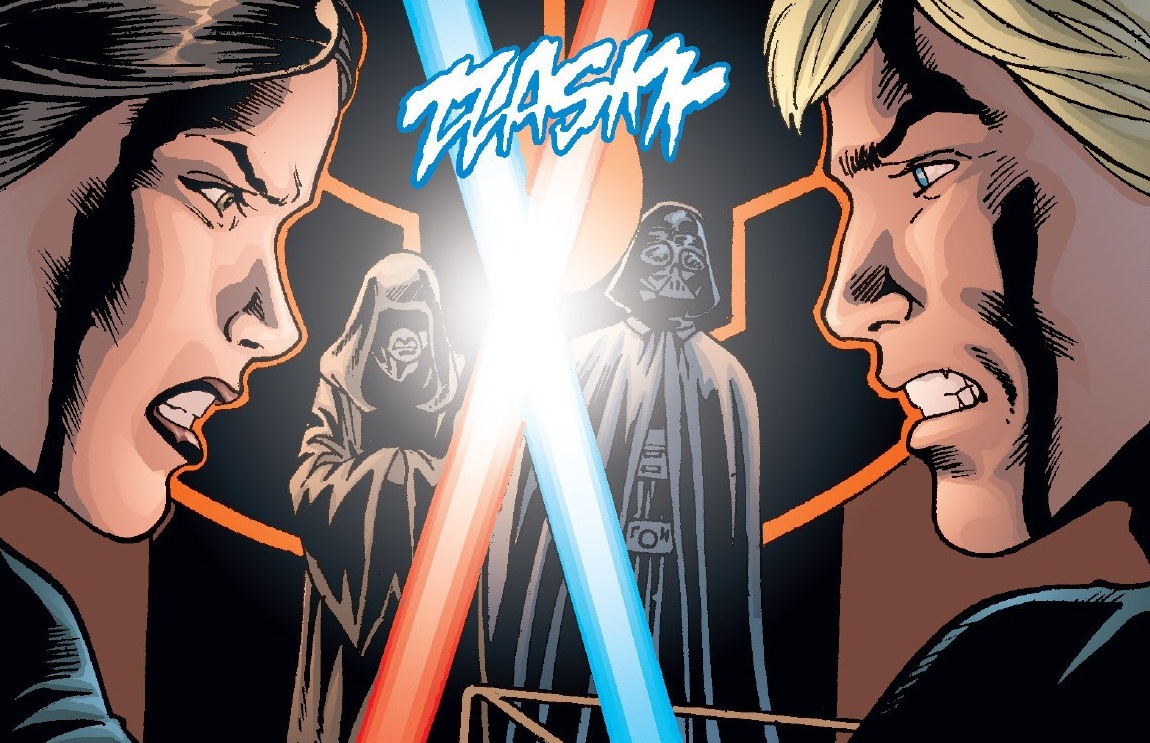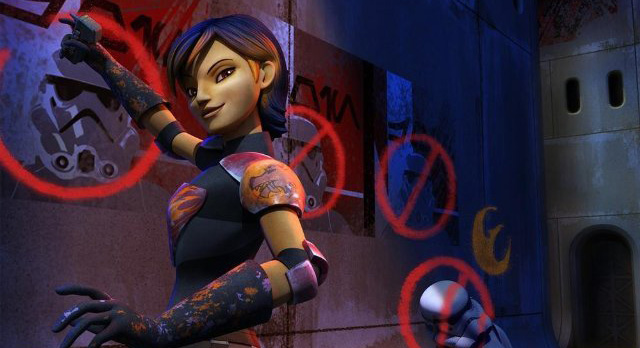
The Infinities series of comics, recently highlighted here by Alexander Gaultier, was basically Star Wars’ version of Marvel’s infamous series What If? Each of the miniseries started with one of the Original Trilogy films, then changed one key moment to see what would happen. The end results were…varied, in this writer’s opinion, but the mere concept of deliberately altering movie continuity was unheard of before then, and it’s a premise that still holds, as Alexander said, unlimited possibilities.
Unfortunately, a few months back, writer Peter David revealed what I’d long suspected—that the series weren’t really as “unlimited” as it seemed. David was originally approached to write Infinities: A New Hope, but his idea was rejected for being “too dark” The story, according to Lucasfilm, still had to end with the good guys winning.
This makes a tiny bit of sense when viewed through Star Wars’ mythological lens; it was foretold that the Force would return to balance somehow, so to go against that would contradict somewhat the very premise of the overall film saga. Nevertheless, why bother with Infinities at all if you’re not willing to screw with things? On its face, the original trilogy is a nonstop razor’s edge, where the slightest tweak at almost any time could have brought ruin to the main characters and the galaxy at large. Giving too many alternate paths to ultimate victory, I believe, does a disservice to Luke, Han and Leia’s struggles—and even the role of the Force itself in the proceedings unfolding as they did. Read More

 Near the end of my piece on the
Near the end of my piece on the 

